National Parks in Alabama
Alabama's national parks mix scenic landscapes with the state's rich history to offer an abundance of exciting excursions, breathtaking sights and eye-opening learning experiences.

John Coletti
Alabama's eight National Parks fuse the state's rich history with scenic natural landscapes to offer an abundance of exciting excursions, breathtaking sights and eye-opening learning experiences.
Horseshoe Bend
National Military Park, Daviston, AL

The 1814 battle of Horseshoe Bend, fought between Chief Menawa's Red Stick Creek warriors and Major General Andrew Jackson's army, resulted in over 800 casualties and a land cesession of 23,000,000 acres out of which present-day Alabama was carved. Learn more about Horseshoe Bend National Military Park >>
National Preserve, Fort Payne, AL

Jeff Schreier Photography
From the breathtaking views of Little River Falls to the deep pools of High Rock, a myriad of unforgettable outdoor experiences await you at Alabama's Little River Canyon. Learn more about Little River Canyon National Preserve >>
National Heritage Area

John Coletti
Learn how the Tennessee River and the establishment of the TVA shaped the culture of northwest Alabama and subsequently produced some of the nation's most innovative leaders in music, education, literature, government and more. Learn more about Muscle Shoals National Heritage Area >>
Parkway, runs through AL, MS, TN

visionsofmaine
This 444-mile drive offers exceptional scenery and over 10,000 years of North American history. Adventurers can cruise the scenic parkway by car or enjoy a variety of biking, horseback riding, hiking and camping excursions. Learn more about Natchez Trace Parkway >>
National Monument, Bridgeport, AL

zrfphoto
300 million years ago, a limestone cave was formed near the equator at the bottom a shallow tropical sea. Due to continental drift, the cave gradually migrated to its present location in northeast Alabama where it was inhabited by prehistoric peoples from 10,000 B.C. to 1650 A.D. Today, Russell Cave is a teeming archaeological site offering invaluable insights into the daily lives of early North American inhabitants. Learn more about Russell Cave >>
National Historic Trail, Montgomery, Lowndes & Dallas Counties, AL

William Lovelace, Getty Images
Starting at Brown Chapel A.M.E. Church in Selma, Alabama and ending at The Alabama State Capitol in Montgomery, this historic trail follows the groundbreaking 54-mile march toward freedom led by Dr. Martin Luther King on March 21-25, 1965. Stop at Lowndes Interpretive Center and Selma Interpretive Center along the way to hear stories from those who participated in the march. Learn more about the Selma to Montgomery National Historic Trail >>
National Historic Trail, AL, AR, GA, IL, KY, MO, NC, OK, TN

Image by Houseofsims through Creative Commons License
The Indian Removal Act of 1830 forcibly removed over 100,000 American Indians from their homes in the eastern United States, relocating them to Indian Territory in present-day Oklahoma. An estimated 3,500 Creek Indians perished along the Alabama portion of the trail. Learn more about the Trail of Tears here >>
National Historic Site, Tuskegee, AL

A724
Visit Moton Field in Tuskegee, Alabama where the first African American military pilots earned their wings, setting the stage for the desegregation of the military and civil rights equality in the United States. Learn more about the Tuskegee Airmen >>
National Historic Site, Tuskegee Institute, AL

Curt Teich Postcard Archives
In 1818, Booker T. Washington moved to Tuskegee, Alabama to establish The Tuskegee Institute, a teachers' college that became the home of George Washington Carver and the groundbreaking Tuskegee Airmen. Today, Tuskegee is the only campus in the U.S. to be designated a National Historic Site by The National Park Service. While you're there, be sure to visit The Carver Museum and Booker T. Washington's home, The Oaks. Learn more about the Tuskegee Institute National Historic Site >>
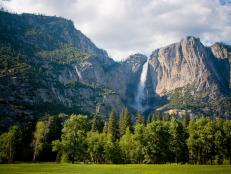

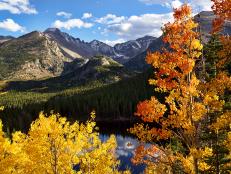
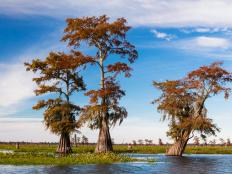

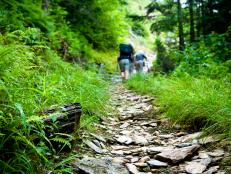
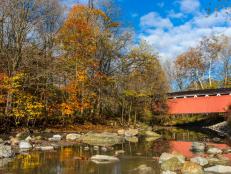

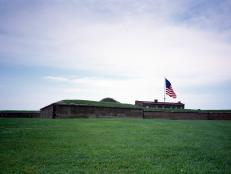
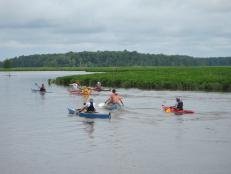

















.jpg.rend.hgtvcom.231.174.suffix/1674758726773.jpeg)










